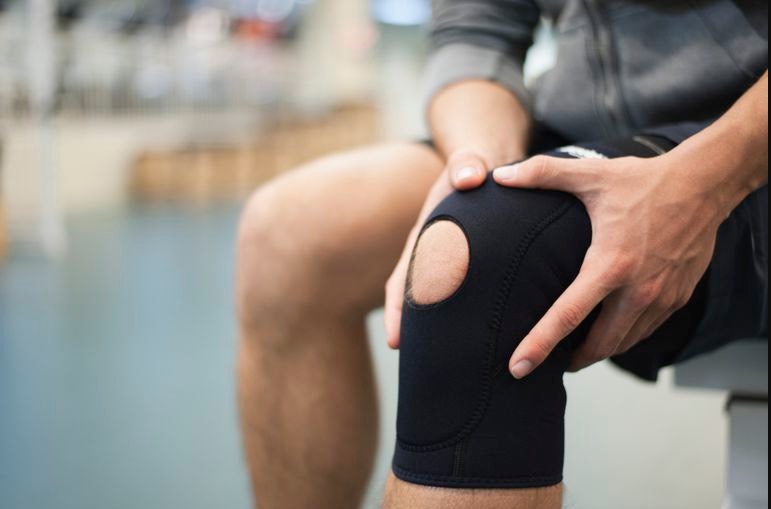Exercise Works Just As Well As Surgery For A Meniscus Tear
Our knees typically endure a considerable amount of wear and tear. The cartilage between your femur (thigh bone) and tibia (shinbone) can become torn at the knee joint due to a sudden pivot or repetitive activities that put pressure on or rotate the knee joint.

The meniscus is a rubbery, C-shaped disc that cushions your knee. Each knee has two menisci (plural of meniscus)—one at the outer edge and one at the inner edge. The menisci keep your knee steady by balancing your weight across the knee. Getting up too quickly from a squatting position can cause a meniscal tear at the knee joint.
Depending on the severity of your knee injury, treatment options can vary from physical therapy exercises to surgery. Routine exercises that strengthen your leg muscles are the best way to limit injury and prevent a meniscal tear.
When a meniscus tear occurs, you may hear a popping sound around your knee joint. Typical symptoms include acute pain when the area is touched, swelling, limited mobility and not being able to put any weight on your knee. Contact your doctor if you experience any of these symptoms.
Your doctor or physical therapist will examine your knee and test your range of motion. This test involves bending your knee and then straightening and rotating it. Upon injuring your knee, immediately treat the injury with (RICE) rest, ice, compression, and elevation.
Physical therapy can help reduce pain and increase your knee mobility and stability. Massage techniques help to reduce swelling and stiffness. Your physical therapist will develop a treatment plan to strengthen the muscles surrounding your knee to restore full mobility.
If your knee does not respond to physical therapy, your doctor may recommend arthroscopic surgery (also known as minimally-invasive or “keyhole” surgery). For degenerative tears, repair of the meniscus is not possible. The only surgical option is resection—cutting away sections of tissue. There is a sizable amount of research that indicates that surgical procedures do not effectively correct most knee injuries. Always opt for an exercise program unless there is no other option.
Knee strengthening exercises are one of the best ways to cure knee pain. People who do them have less pain, recover quicker from injuries, function better and have less chance of problems recurring in the future. Knee strengthening exercises can be used to help relieve and sometimes even prevent injury from occurring.